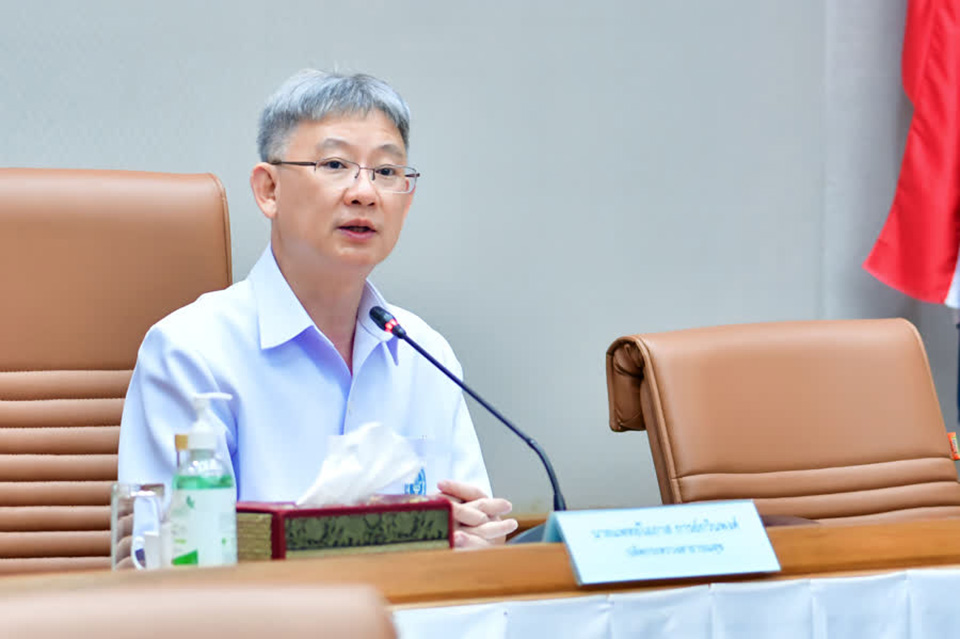
The health ministry has ordered its Division of Public Health Emergency Management to prepare experts and facilities in response to a rod of radioactive cesium-137 having gone missing in Prachinburi. Prolonged exposure to the isotope may cause leukemia.
Public Health Ministry Permanent Secretary Opas Karnkawinpong spoke of the cesium-137 isotope cylinder that went missing from a power plant in Si Mahapho district in Prachinburi. The incident has given rise to concerns that people who are unaware may be exposed to the isotope and suffer health effects.
Dr. Opas said Prachinburi Public Health Office reported the missing cylinder had a diameter of 5 inches and the radioactive material is shielded underneath a layer of lead. The cylinder is wrapped in metal. If the cylinder stays in this state, no impact will be had on people’s health or on the environment.
Dr. Opas said there are no indications that the cesium-137 inside the cylinder had escaped its shielding. No impacts on people’s safety and on the environment are expected at the moment. The Division of Public Health Emergency Management has been ordered to make preparations by producing a list of radiation experts that might be called on. The division will also coordinate with Nopparat Rajathanee Hospital and Ramathibodi Hospital on the transfer of potential patients affected by the radioactive substance. Prachinburi Public Health Office has been told to inform people in risk areas of the potential hazards and to prepare local health facilities for potential patients.
Dr. Opas explained that short-term exposure to cesium-137 may not have observable health impacts. However, prolonged exposure to higher amounts will cause rashes, hair loss, and ulcers. Long-term exposure to significant amounts may result in fascia generation in the lungs, leukemia, or eye cataract. Contamination in water may result in the mutation of aquatic animals, depending on the exposure level. (NNT)





